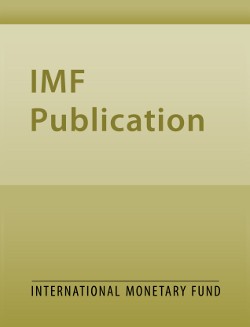
Agricultural Trade and Protection in Asia
The study reveals agricultural import restrictions are widely applied in Asia, but that Japan and Korea impose lower average tariffs and nontariff barriers with less frequency than most Asian countries. It also finds several low and middle-income countries enforce relatively low protection for basic foodstuffs, while high-income countries tend to impose relatively high protection for foods. Finally, commodity patterns of trade and protection suggest scope exists for successful reciprocal negotiations to liberalize agricultural trade mainly between low and middle-income Asian countries. Though similar gains might be achieved by unilateral liberalization, reciprocal negotiations are more feasible politically and, on a most-favored-nation basis, would imply greater trade expansion.
Publication date: July 1988
ISBN: 9781451963403
$10.00
Add to Cart by clicking price of the language and format you'd like to purchase
Available Languages and Formats
| Paperback | ePub | Mobi | ||
| English |
Prices in red indicate formats that are not yet available but are forthcoming.
Topics covered in this book
This title contains information about the following subjects.
Click on a subject if you would like to see other titles with the same subjects.
Economics- Macroeconomics , Economics / General , International - Economics , agricultural trade , average tariff , quantitative restrictions , agricultural commodities , tariff levels
Summary
Copyright © 2010 - 2025
Powered by:
AIDC



